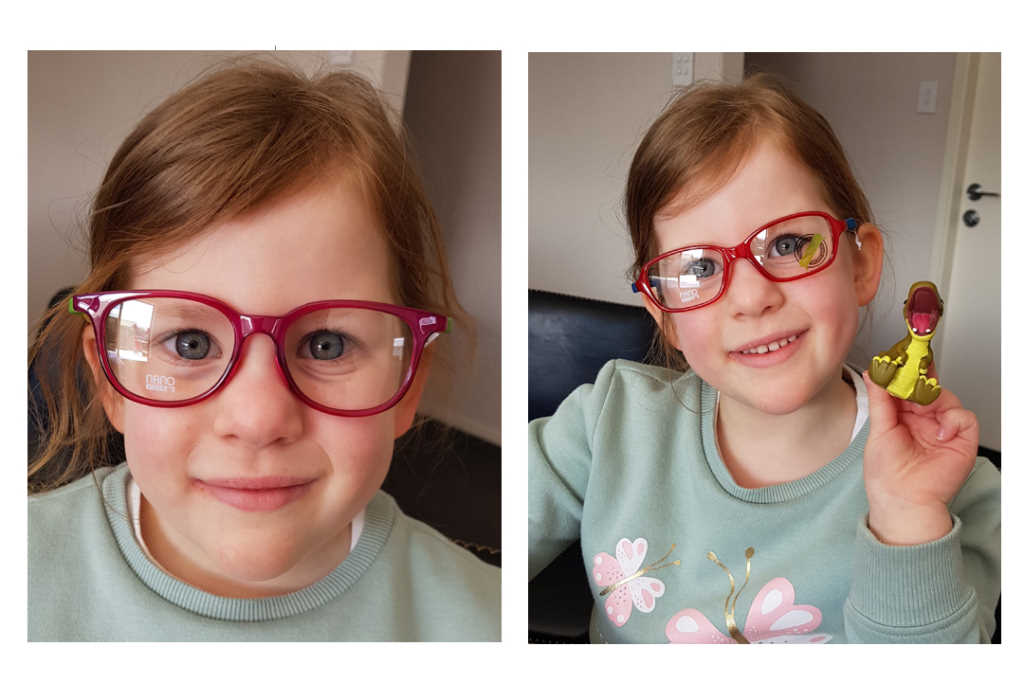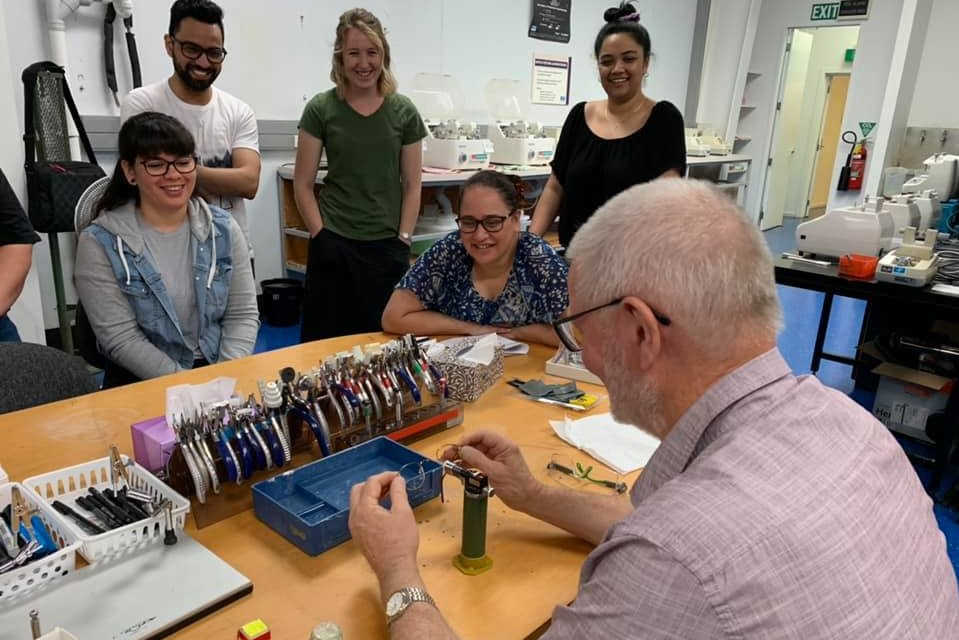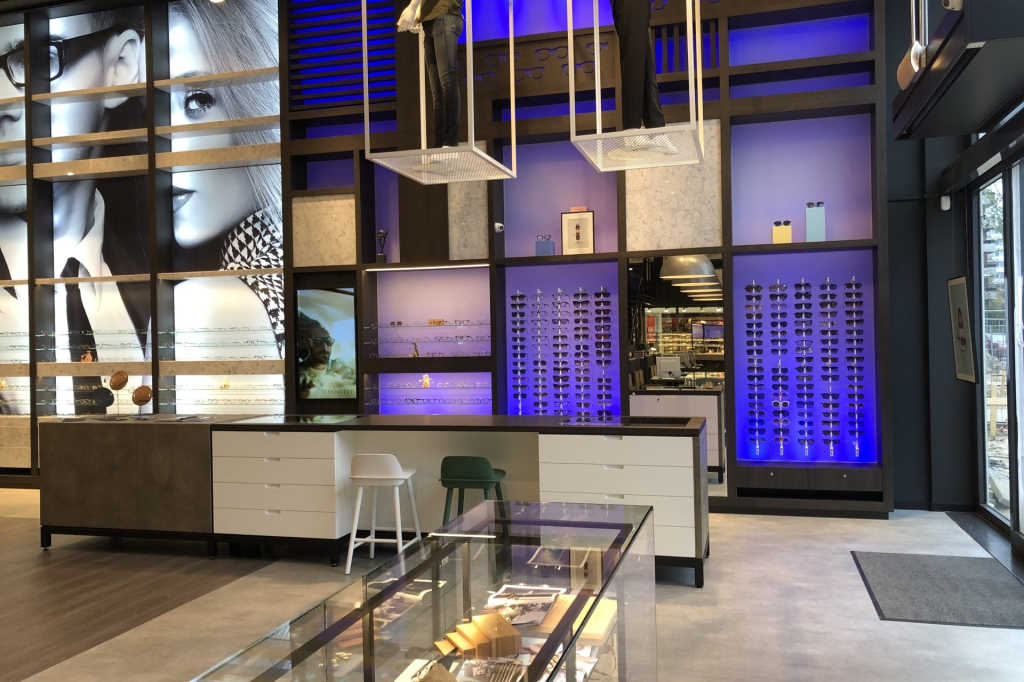Style Eyes: Thriving in an online world
There is no getting away from the fact that online shopping is here to stay, which has some repercussions for your bricks and mortar optical store. How you deal with the e-commerce challenge can be the thing that sets you apart from your competitors, ensuring you not only survive, but thrive in the online shopping era.
When it comes to understanding the impact of the online shopping environment, Vivienne Forbes is an expert. A 30-year veteran in the marketing and advertising game, she currently runs Social Ties, a consultancy helping small to medium sized businesses, as well as the optical distributors and manufacturers association, develop an online identity and clear social media strategy. Let’s turn to what advice she offers dispensing opticians in these key areas.
Working out where you stand
Forbes cites statistics revealing the US has seen a 4.5% jump in online eyewear sales in the past five years. She says more and more people are opting to shop online as it’s cost-effective and convenient, and they usually have a larger range of options to peruse. However, the good news is that across the Tasman, sales of prescription glasses remain on the smaller side, accounting for just 4% to 8% of the total market.
While Forbes feels this figure will likely rise rapidly in the coming years, especially as more consumers opt for savings over quality, she says, “The industry still has time to combat this trend.” She believes that starts with dispensing opticians analysing their current strengths and weaknesses.
“How do your prices compare? Can you price match? People can and will search online - even while in your store - for cheaper prices elsewhere, so it’s essential your frame prices are competitive. If they aren’t, your staff need to be able to point out the differences and reasons quickly.”
Forbes says these differences often lie in your optical expertise, especially when it comes to accurately measuring pupil distance, picking up changes in eye health, or getting those multifocals just right. Or it could be what you can offer in terms of style advice, advanced testing and technology.
No matter what it is, she says, identifying your strengths and weaknesses only serves to help you ‘grow your strengths’. At the same time, consider where you can go one step beyond online offerings with add-ons such as quicker turnaround times, or repair and service guarantees.
Social media is key
While determining your storefront strengths is an important first step, Forbes advocates meeting customers where they often are, and that’s on social media. “It’s a chance to extend your brand past your website, salespeople and ultimately, front door. You can interact with your clients and share up-to-the-minute information about your business. Social media gives your business a personality and, quite frankly, people do business with people they like. An online shop can’t do this!”
Forbes suggests thinking about your website as the ‘formal representation of your business’, while your social media accounts showcase your and your staff’s skillsets and brand differences. “Facebook is a wonderful place to share news, staffing updates and new product information, as well as engage with your customers. It’s not a place for a hard sell, but somewhere to share the great things that you do at work.”
On the other hand, Instagram is all about the visuals, so is the ideal platform to post photos of glasses but also people - both customers and celebrities - wearing frames and accessories you stock. Forbes is a fan of ‘promoting eyewear as fashion’ as she says the more images you post of people looking good wearing your product, the more consumers will want it, just like in the fashion industry. If you’re really ready to embrace the online culture, consider aligning yourself with a young social influencer. They may be interested in doing a series of sponsored Instagram posts with a product or two in your range.
Another avenue to consider is targeted advertising via social media, Forbes says, as you can choose specific groups to advertise to, for instance people who are looking for an optometrist in your area. “You can advertise on social media for as little as $50 a month, and really hone in on your catchment area. This builds your client base and keeps you top of mind when it comes time to purchase.”
Some extra social media tips
If you’re new to the social media game, it can be daunting to come up with regular post ideas. But Forbes has you covered on this front, with a number of interesting suggestions, apart from the obvious - posting photos of customers in their new glasses, or fresh stock lines.
“Support your suppliers socially by doing a featured post each week. Run competitions for quieter days of the week. Post two pictures of different frames and ask people to choose their favourite. This creates a huge amount of engagement and discussion.”
She also suggests keeping on top of your ‘tagging’. This means tagging people you feel may be interested in your posts, thanking people for tagging you or commenting on your post, and reposting when someone tags you. If this all sounds a little beyond your scope, consider enlisting the help of a savvy social staff member who may be happy to oversee your accounts as a part of their daily employ.
Renee Lunder is an Australian freelance journalist and proud specs wearer.
























